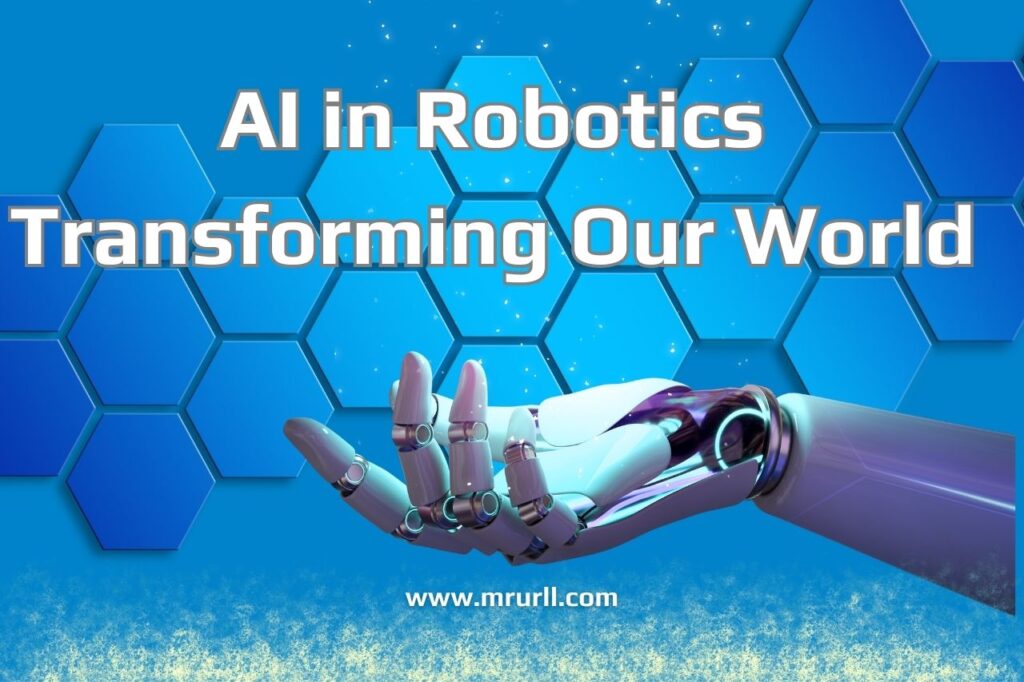Table of Contents
Introduction
Greetings, my expensive reader! Think about it: we’re residing in a time when machines can suppose, study, and adapt. We do now not speak about a few distance-off futures wherein humans are the mere pawns of robotic overlords. We speak me approximately a world where robots are working alongside us to make our lives better, safer, and more efficient.
Take robot applications in the healthcare industry, for example. AI-powered robots are being used to carry out surgical procedures with splendid precision, lowering the hazard of human error and improving affected person outcomes. In agriculture, robots assist farmers in controlling their crops more successfully, with sensors which can hit upon the precise quantity of water and nutrients each plant desires to thrive.
And wait to get me started on production. With the assistance of AI-powered robotics, factories can now produce items with first-rate velocity and accuracy. These robots can deal with dangerous substances, paint tirelessly across the clock, solve problems and even examine their errors to enhance their overall performance continuously.
The basics of AI and Robotics
Have you ever watched the Terminator movie series and been puzzled if machines will someday take over the arena? While that could be a distant dystopian destiny, the truth is that AI and robotics are already remodelling our world with high-quality methods.
So, let’s get started with the fundamentals of AI and robotics. Picture this: AI is like the mind of the word robot, while robotics is the body of the industrial robot. AI gives the robot the power source of artificial intelligence, while robotics provides the robot with the potential to behave on that artificial intelligence side.
What is AI?
AI is like a virtual mind that can examine statistics, apprehend styles, and make choices based on that information. Think of AI as a virtual assistant that helps you do things faster and more successfully. Whether it’s voice assistants like Siri and Alexa or chatbots that assist with customer service, AI is already making our lives less complicated.
What is Robotics?
Now permit’s speak about the term robotics, which is like the body of a device. Robotics also refers to the design, construction, human control, and operation of robots. A robotic system may be programmed to carry out obligations autonomously or semi-autonomously. From self-using motors to drones, robotics is already changing how we live and paint.
The Differences Between Traditional Robotics and AI-Powered Robotics
Traditional robotics is like an antique-faculty calculator, which can do tasks by following pre-programmed commands. It can only perform repetitive tasks with outstanding obligations repetitively; however, the robot cannot adapt to new conditions. AI-powered robotics, however, is like a supercomputer with a mind of its personal. It can analyze its environment and improve its overall performance through the years.
What are the 4 types of robotics?
Robots come in all sizes and styles, from the helpful Roomba vacuum that maintains your floors easily to the complex humanoid robots which mimic human behaviour and can carry out intricate tasks. But did you realize there are virtually four essential styles and types of robots? Each type has its precise set of characteristics and programs, making them especially versatile tools in several industries. So, let’s dive into the exciting international of robotics and discover the four most essential sorts of robots!
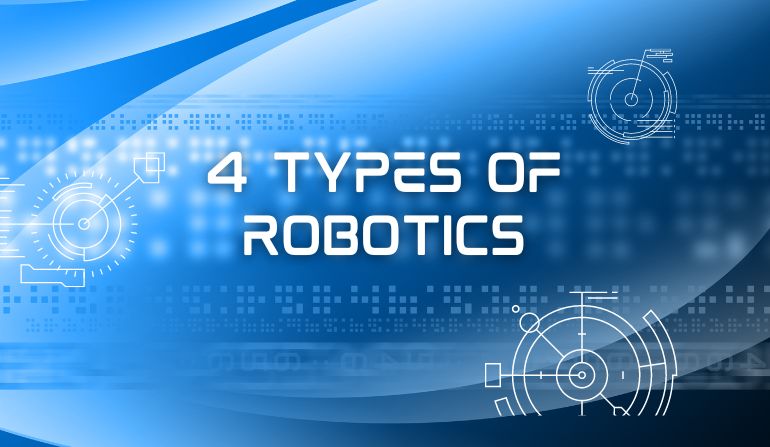
Cartesian Robots – The Workhorses
Cartesian robots, also called gantry robots, are the workhorses of the robotics world. These robots move in a straight line along three axes, making them perfect for tasks that require precision and repeatability. You’ll find them in industries including car manufacturing, in which they’re used to weld, paint, and collect components with extraordinary accuracy.
SCARA Robots – The Jack-of-All-Trades
SCARA robots, or Selective Compliance Assembly Robot Arms, are just like the Swiss Army knives of the industrial applications of robotics now. They have a vertical axis of rotation, which permits them to perform various duties efficiently. SCARA robots are regularly used in electronics production, wherein they can gather additives and carry out high-quality control exams quickly and effectively.
Articulated Robots – The Humanoid Helpers
Articulated robots, additionally referred to as humanoid robots, are designed to mimic human moves. They have multiple joints, similar to our arms and legs, making them highly flexible and adaptable to various obligations. You’ll locate articulated robots working in industries such as healthcare, which may be used to help with surgical treatment, physical therapy, and even companionship for older people.
Delta Robots – The Speed Demons
Delta robots are the fastest of the four foremost sorts of robots. They have three fingers that make bigger from a fixed base and are suspended from a body. Delta robots, along with meals, beverages, and manufacturing processes, are used in industries wherein they can pick and place items with exquisite pace and precision. You could even spot them at your nearby espresso shop, where they may be used to make your favourite latte!
Applications of Artificial Intelligence in Robotics
Now that we’ve got protected the fundamentals of AI and robotics let’s take a more in-depth look at how AI-powered robotics is used in different industries and its effect.
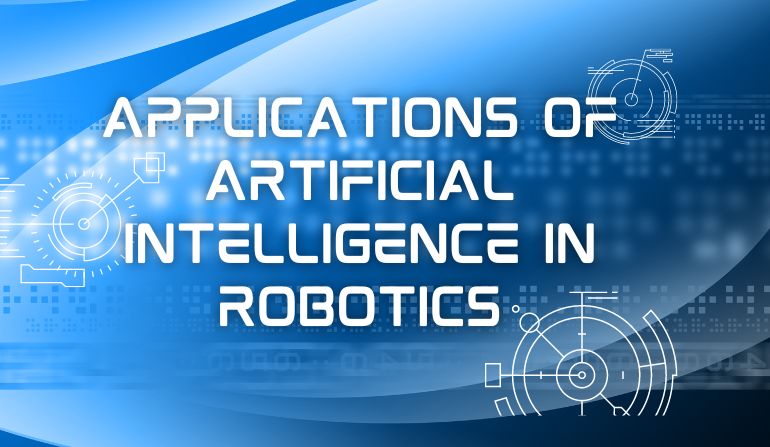
Manufacturing: Smart Factories
AI-powered robots are revolutionizing the manufacturing enterprise. With the capability to analyze their surroundings and make selections primarily based on facts, AI-powered robots are assisting in creating intelligent factories. These factories use intelligent machines which can talk with every other, paint together, and adapt to adjustments in production wishes. This results in faster manufacturing, more satisfactory products, and accelerated efficiency.
Healthcare: Robotic Surgery
AI-powered robots also are remodelling the healthcare industry. Robotic surgical operation is one of the most promising packages of AI in healthcare. Surgeons can use robots to perform minimally invasive surgical procedures with extra precision and accuracy. AI-powered robots can also analyze medical pix, help diagnose diseases, and assist in broadening remedy plans.
Agriculture: Precision Farming
AI-powered robots are also changing the manner we farm. With precision farming, farmers can use robots to analyze soil and crop facts, monitor climate patterns, and choose how much water and fertilizer to apply. This results in more efficient and sustainable farming practices, which could assist in reducing costs and boom yields.
Transportation: Autonomous Vehicles
Self-driving motors are the most famous example of AI-powered robotics in transportation. Autonomous vehicles use AI-powered technology to navigate roads and make decisions based on their surroundings. This can make riding more secure and efficient, reduce traffic congestion, and decrease carbon emissions.
Other Applications of Artificial Intelligence in Robotics
AI-powered robots are also being used in a whole lot of different industries. For instance, inside the hospitality enterprise, robots are used to deliver room providers and offer customer service. In the retail enterprise, robots are also being used to assist humans with inventory management and customer support.
Benefits of AI-powered Robotics
Now that we’ve explored the programs of AI-powered robotics, it allows taking a closer examination of the benefits of this exciting technology.
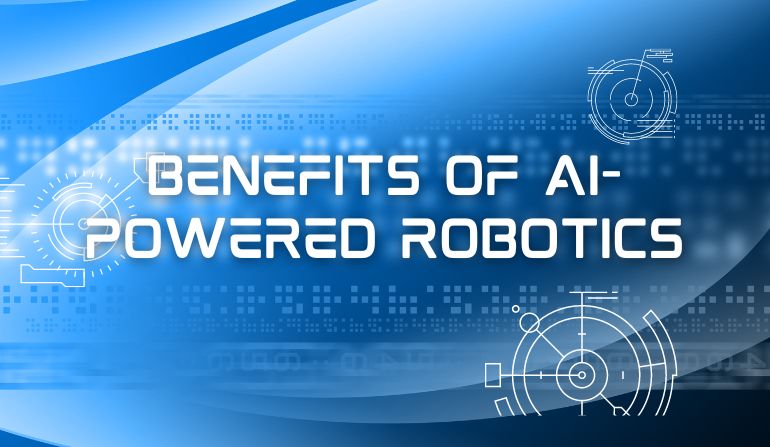
Improved Efficiency
One of the principal advantages of AI-powered robotics is stepped-forward efficiency. Robots can work tirelessly and without fatigue, which means they can perform tasks faster and with greater accuracy than people. For example, robots in the production enterprise can paint across the clock to provide items, leading to elevated productivity and decreased charges. In the transportation and automotive industry, autonomous vehicles can also optimize routes and reduce gasoline intake, which could save money and time.
Increased Accuracy
Another benefit of AI-powered robotics is extended accuracy. Robots are always programmed to perform repetitive obligations with an excessive diploma of precision; this means that they could lessen errors and improve first-class. In the healthcare industry, as an example, robot surgical operations can bring about fewer headaches and faster recovery times due to the elevated precision of the various robotic arms and instruments. In the agriculture industry, precision farming can help farmers optimize their use of sources and enhance crop yields.
Enhanced Safety
AI-powered robotics also can beautify protection in diverse industries. Robots can perform repetitive tasks that can be dangerous or demanding for people, including operating in hazardous environments or lifting heavy items. In the manufacturing enterprise, autonomous robots can carry out tasks that involve poisonous chemical substances or intense temperatures that could assist in defending human workers from damage. In the transportation enterprise, independent cars can help reduce injuries by removing human mistakes.
Other Benefits of AI-powered Robotics
AI-powered robotics also can positively impact other areas of society, including decreasing hard work fees and growing new job possibilities. By automating specific duties, agencies can reduce their reliance on human workers and store money. At the same time, the improvement and implementation of AI-powered robotics create new job opportunities for humans with the ability to design, construct, and hold those machines.
Concerns and Challenges
As with any new generation, AI-powered robotics comes with its own concerns and demanding situations. Remembering these ability pitfalls as we flow closer to an extra automated future is crucial.
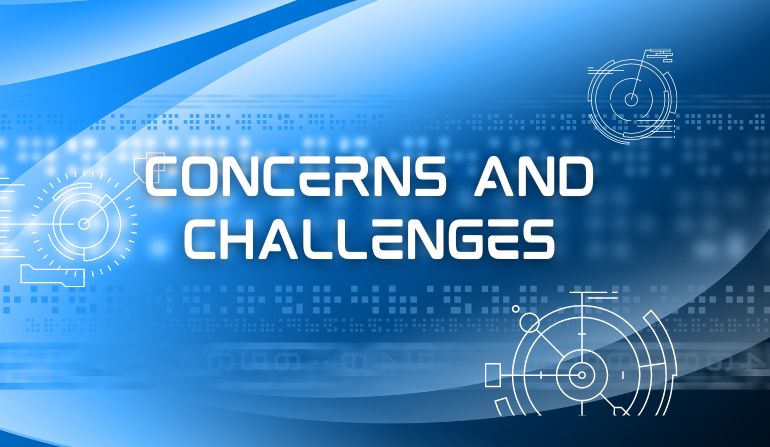
Ethical Concerns
One of the major concerns surrounding AI-powered robotics is the lack of jobs, which could have a massive impact on individuals and society. In addition to task loss, ethical concerns are related to using robots in sensitive or dangerous situations. For instance, there is debate around the use of military robots in fight situations and the ability of those machines to make choices that have moral implications for human behaviour.
Challenges of Implementation
Implementing AI-powered robotics in industries with previous infrastructure and approaches also can be a mission. Upgrading those structures can be steeply priced, and there can be resistance from employees who’re used to running with traditional equipment. Additionally, there can be regulatory hurdles to triumph over, particularly in industries and healthcare where the use of robots may be difficult to strict regulations.
Cybersecurity Concerns
Another area for improvement is cybersecurity. Robots turning extra linked and reliant on the net are also becoming more susceptible to cyber-attacks. This could lead to severe results, especially in industries such as healthcare, where robots carry out vital functions.
While there are certain issues and challenges associated with AI-powered robotics integrating ai-, it’s clear that the advantages long way outweigh the dangers. From increased efficiency and accuracy to advanced protection and reduced expenses, the effect of this era on various industries has been enormous. It’s vital to technique the technology adoption in this era with caution and consideration; however, in the long run, the destiny seems shiny for AI-powered robotics.
Robotics Programming: Bringing Your Robots to Life
Now that you’re familiar with the extraordinary varieties of robots and the industries they’re utilized in, it is time to explore the world of robotics programming. This is in which you get to deliver your robots to existence, programming them to carry out specific tasks and behaviours. In this phase, we’ll better observe robotics programming and what it entails.
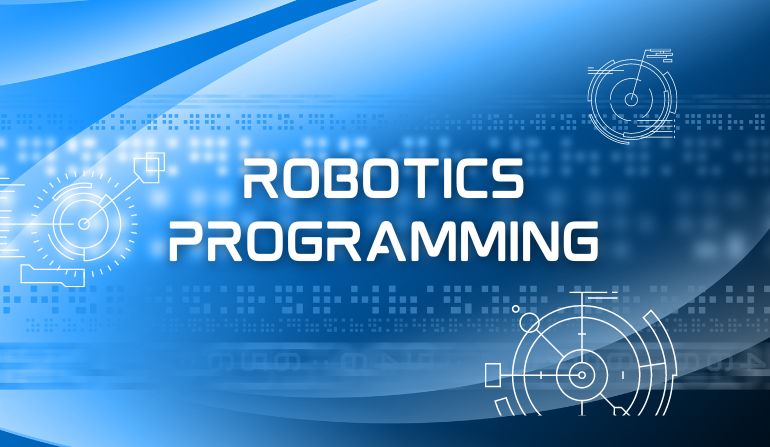
The Basics of Robotics Programming
At its core, robotics programming entails writing code that tells the robot arms of a robotic what to do. This code can vary from accessible commands that tell the mechanical robotic arm of the robotic to transport ahead or flip left to complicated algorithms that enable the robotic and mechanical robot arm to navigate its environment, apprehend gadgets grasping objects, and perform different superior duties.
To apply a robotic or machine vision, use a programming language, a software specially designed for robotics and machine learning. Some famous programming languages for robotics encompass:
- Python: Python is a famous programming language for robotics due to its simplicity and simplicity of use. It’s also a flexible language that can be used for various packages.
- C++: C++ is an excessive-overall performance programming language generally used in robotics. It’s a bit more complex than Python but gives extra manipulation and precision.
- Java: Java is a flexible computer programming language that can be utilized in several industries, including the robotics industry. It’s mainly beneficial for growing robotic control systems.
Robotics Programming Tips
If you are new to robotics programming, here are a few hints that will help you begin: Start with a simple robotic: If you are beginning out, starting with a simple robotic with a restrained range of features is high-quality. This will help you get cosy with programming before transferring directly to greater complicated robots.
Use online resources: There are many online assets available that can help you analyze robotics programming. From video tutorials to boards and blogs, plenty of records may be obtainable.
Experiment and iterate: Robotics programming is all about trials and blunders. Feel free to test and strive out one-of-a-kind approaches. And do not be discouraged if matters don’t work out the first time – it is all part of the getting-to-know method!
Advanced Robotics Programming
Once you have mastered the fundamentals of robotics programming, you could flow directly to more advanced topics, which include:
Machine learning, studying: Machine learning is a branch of artificial intelligence that entails schooling robots to recognize patterns capture information and make decisions based totally on data. This and deep learning is especially beneficial in programs inclusive of speech recognition object and speech recognition and navigation software robots.
Control systems: Control structures are algorithms that permit robots to perform tasks under particular obligations. They contain a combination of sensors, actuators, and software that collectively govern the mechanical aspect of the robotic arm’s conduct.
Simulation: Simulation is a technique that allows you to check and refine your robotic arm’s conduct in a digital environment earlier than deploying it within the actual international.
Robotics Engineering: Building Your Own Iron Man Suit (Kind Of)
So you have mastered robotics programming and are equipped to take your competencies to the next stage. Congratulations, you’re now a robotics engineer! But what does that imply, and how can you use your newfound expertise to create something exceptional in the outside world? Let’s find out.
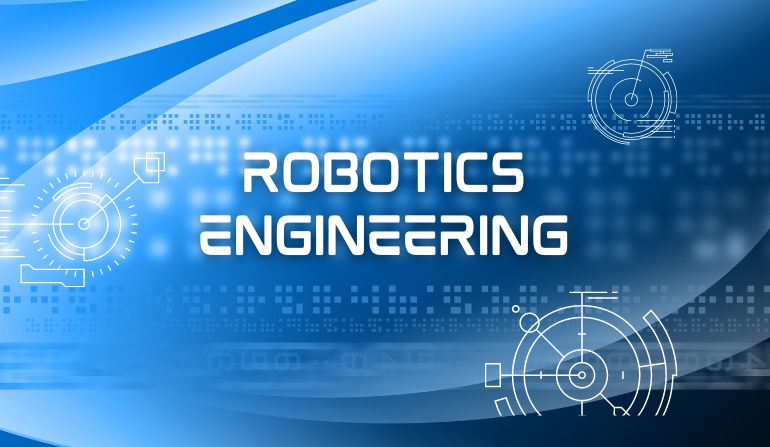
What is Robotics Engineering?
Robotics engineering is designing, constructing, and trying out robots. As a robotics engineer, you’ll need a stable understanding of mechanics, electronics, and laptop science, in addition to a healthy dose of creativity.
If you’re interested in constructing robots that could do more than pass around, robotics engineering is the sector for you. From humanoid robots to drones to self-driving vehicles, the possibilities are countless.
Building Your Own Iron Man Suit (Kind Of)
Okay, so perhaps you’re now not going to build a completely-purposeful Iron Man in shape (but), but you can use robotics engineering to create something pretty cool. Here are a few steps to get you started:
Step 1: Choose your platform. Before you may start constructing your robotic arms, you want to decide what sort of platform you need to apply. This could be anything from a simple wheeled robot to a more complex humanoid robot.
Step 2: Design your robot. Once you’ve selected your platform, it is time to lay out your robot. This entails developing a three-D model of your robot using CAD software. This will assist you in visualizing your robotic and discovering any capability troubles before you begin building.
Step 3: Gather your substances. Depending on the complexity of your robotic, you can want a lot of materials, including vehicle electrical components, sensors, microcontrollers, and more. Make sure you’ve got everything you want earlier than you start building.
Step 4: Build your robotic. This is the fun component word robot makes! Use your layout and materials to construct your robot. This will probably contain an aggregate of mechanical construction, electric, and software-programmable robot engineering.
Step 5: Test and refine. Once you’ve constructed your first robotic arm, it is time to test it out. Identify any problems and refine your layout as wished. This may involve tweaking your programming or adjusting your hardware.
Advanced Robotics Engineering
If you’re looking to take your robotics engineering abilities to the following stage, right here are some advanced subjects to do not forget:
Artificial intelligence: Adding AI to your robot could make it more adaptable and clever. By programmable robots using artificial intelligence through deep learning and the use of gadget mastering algorithms, you may create a more autonomous robot that may learn and make decisions on its very own robot it’s own.
Biomimicry: Nature is a high-quality source of a proposal for robotics engineers. By analyzing how animals circulate and interact with their environment, you may create robots that can be more green and effective.
Robotics ethics: As robots grow to be more regular in our lives, it’s critical to consider the moral implications of their use. Robotics engineers can play a crucial role in shaping the future of robotics by considering their paintings’ social and ethical implications.
How will robots impact society?
As we’ve mentioned, AI-powered robotics is poised to revolutionize diverse industries and programs. But what approximately is its impact on society and the human mind? Let’s dive deeper into this topic and discover how robots can impact the human mind, human actions and our society within the destiny.
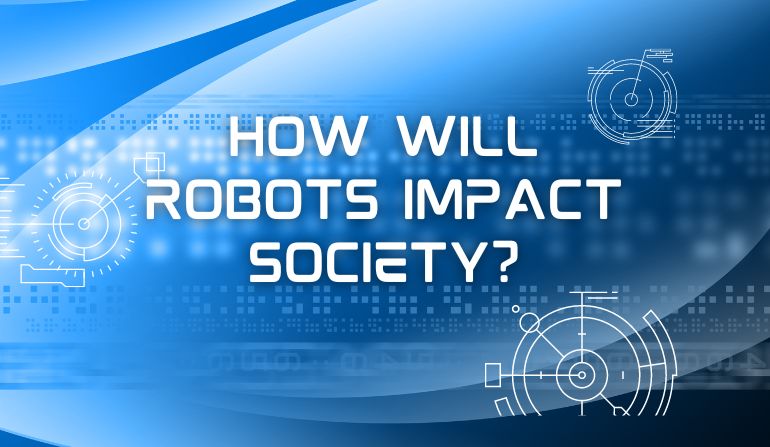
Job Displacement
One of the maximum significant impacts of robots on society is process displacement. As robots become extra superior and successful, they will necessarily update many human jobs, particularly in industries such as production, transportation, and agriculture. While this will lead to increased performance and productiveness, it will also result in activity loss and economic disruption.
However, it is critical that robots may also create new jobs in fields including robotics engineering, protection, and even computer vision and programming. As a result, individuals and groups need to conform to these changes by using growing new abilities and investing in training and education packages.
Increased Safety
Another vast effect of robots on human society is elevated safety for a human beings. Robots may make humans carry out risky tasks or hazardous obligations, including exploring deep-sea environments, examining bridges and tunnels, and responding to herbal disasters. By delegating those tasks to robots, we humans can reduce the chance of injury or demise to human beings.
Improved Healthcare
AI-powered robotics is likewise transforming the healthcare industry. Robots may carry out surgical procedures with high precision and accuracy, offer physical remedies and rehabilitation, and even assist humans with patient care in hospitals and nursing houses. By leveraging artificial intelligence and the skills of robots, we will improve patient consequences and reduce healthcare costs.
Enhanced Education
Robots also can have a significant impact on training. They may be used to provide customized gaining knowledge of reviews, help with lecture room management, or even train coding and robotics abilities to college students. By integrating robots into training, we can enhance student engagement and get to know the consequences.
Ethical Concerns
While robots’ impact on society is mainly high-quality, there are ethical worries to remember. For one example, there are issues about privacy and security whilst robots are used for surveillance or information collection. There are also worries about the capability misuse of robots for dangerous purposes, along with military packages or independent guns.
Groups and policymakers must cope with these concerns and establish ethical recommendations for developing and using robots.
The Future of AI-powered Robotics
Are you equipped for destiny? Well, whether you are or now not, the future of AI-powered robotics is coming. Here are a few capability tendencies and rising tendencies that you need to maintain an eye on:
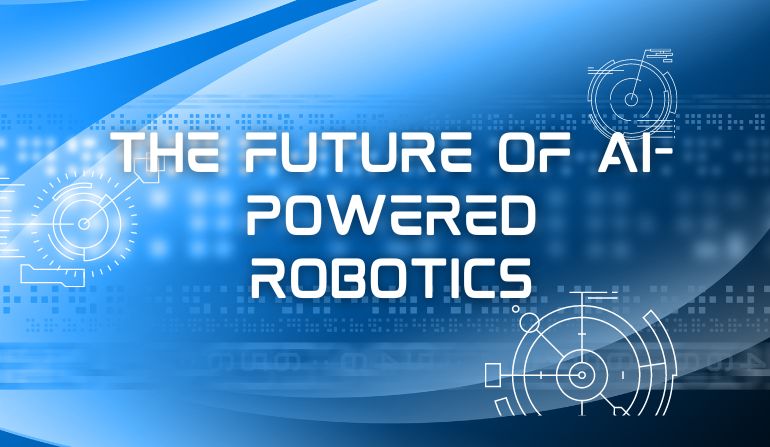
Collaborative robots (or cobots for short)
Collaborative robots are designed to work effectively with people. Unlike conventional robots commonly saved in the back of fences to keep human beings away, cobots are designed explicitly to paint intently with human workers. They may be programmed to perform a wide variety of repetitive tasks together with humans, from selecting and placing items to meeting and using humans or doing welding tasks.
Swarm robotics
Swarm robotics is a field that studies the behaviour of massive robot businesses of rather simple robots that paint together to solve problems and gain a common goal. These robots are inspired by the behaviour of social insects, such as ants and bees, that can paint together in large businesses to accomplish complicated duties.
AI-powered drones
Drones are already being used for plenty of purposes, from handing over applications to grasping objects to engaging in surveillance. With AI, drones can come to be even more flexible and beneficial. For instance, they can be programmed to detect and respond to emergencies of fires or floods or to conduct aerial surveys of massive areas.
The capability effect on the activity market and end effectors the economy
One problem that many human beings have approximately AI-powered robotics is the ability to affect jobs. Some fear that robots will replace humans, which is central to significant unemployment. However, there’s evidence that AI-powered robotics can create new jobs, specifically in areas inclusive of computer programming, preservation, and human supervision.
Another capacity effect of artificial intelligence is on the economy as a whole. AI-powered robotics can improve productivity and performance in many industries, leading to an extended financial boom. However, it can also cause extended earnings inequality if the advantages of automation are not allotted pretty.
The Scope of Robotics
Welcome to the arena of science fiction, of robotics! This exciting discipline of data the science fiction and is continuously evolving and expanding, with new improvements and applications being developed each day. In this newsletter, we will take a closer look at the scope of robotics, exploring the different styles and types of robots and the industries they’re utilized in. Get prepared to be surprised by means of the flexibility and talents of these mechanical marvels!
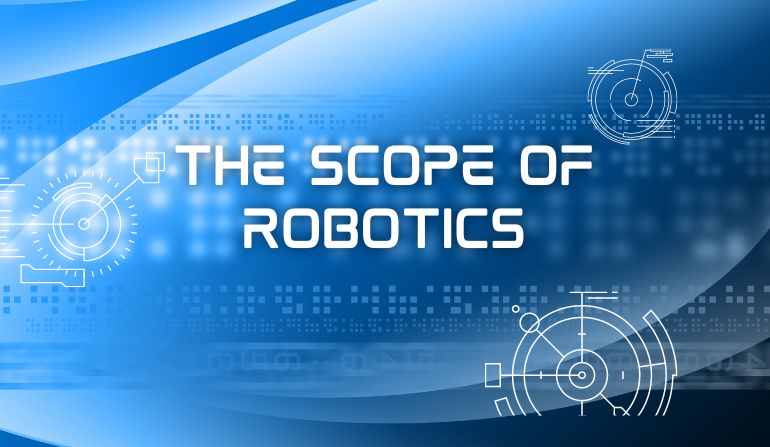
Industrial Robots: The Workhorses of Manufacturing
Let’s start with the most famous type of autonomous robot here: commercial robots. You may locate these types of robots on manufacturing facility flooring, assembling automobiles, packaging goods, and acting in some other obligations. Industrial robots are designed to be pretty specialized and unique, with the capability to repeat the identical challenge repeatedly without mistakes. They are used in various industries, including cars, electronics, and meal production.
But industrial robots are not simply limited to the manufacturing facility floor. They also are used in dangerous environments, such as designs and nuclear power plant life, wherein they can carry out obligations that could be too risky for human beings. And within the medical discipline, robots are utilized in surgical procedures and other techniques, wherein their precision and accuracy may be lifestyles-saving.
Service Robots: From Restaurants to Hospitals
Service robots are designed to interact with humans and carry out duties in several industries. From cleaning floors to serving meals, carrier robots have become increasingly common in the hospitality, healthcare, and retail industries. Some examples of carrier robots encompass:
Cleaning robots: These robots may be discovered in lodges, airports, and other public spaces, cleaning flooring and other surfaces.
Restaurant robots: Some restaurants now use robots to take orders, serve food, and even cook meals.
Healthcare robots: Robots are being used in hospitals and care houses to assist human humans with patient care tasks, including lifting and transferring patients.
Retail robots: Some outlets use robots to inventory cabinets and perform tasks for different obligations in shops.
Personal Robots: The Future of Robotics
Personal robots are industrial robots designed to be used inside the home. While nonetheless, in their early tiers, these robots can revolutionize our daily lives. Some examples of personal robots include:
Home assistants: Devices like Amazon’s Alexa and Google Home are examples of personal robots that could assist with obligations, including setting reminders, gambling music, and controlling other clever devices in your private home.
Cleaning robots: Roomba and different robot vacuum cleaners are becoming more and more famous in houses around the world.
Companion robots: These robots are designed to provide companionship and emotional support to their owners and can be utilized in homes or care facilities for older people.
Conclusion
Congratulations! You made it to the cease of this wild trip thru the world of artificial intelligence applied AI-powered robotics technology. In precis, we learned that AI and robotics technology are not simply buzzwords; however have already emerged as a fact in various industries, changing how we work and stay. We explored the advantages of AI-powered robotics technology, including stepped-forward performance, accuracy, and safety.
However, we also mentioned the concerns and demanding situations associated with improved automation, including ethical considerations and outdated infrastructure. Looking at the destiny of autonomous robots, we anticipate looking at even more exciting traits in AI-powered robotics, with collaborative robots and swarm robotics paving an optimal path for new possibilities.
Despite the demanding situations, we can method this future with optimism and the expertise that AI-powered robotics has the power supply potential to make our global a higher region. So keep your eyes open for the modern advancements in robotics, which involves this exciting field, and who knows the electric current used by most robots? You may be the one to create the most robots following groundbreaking AI-powered robotics.

